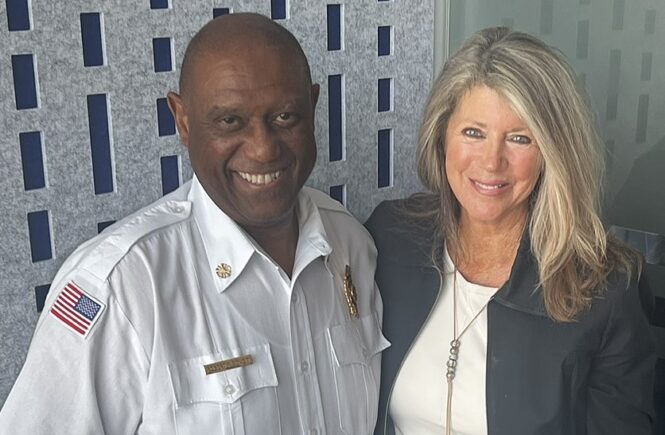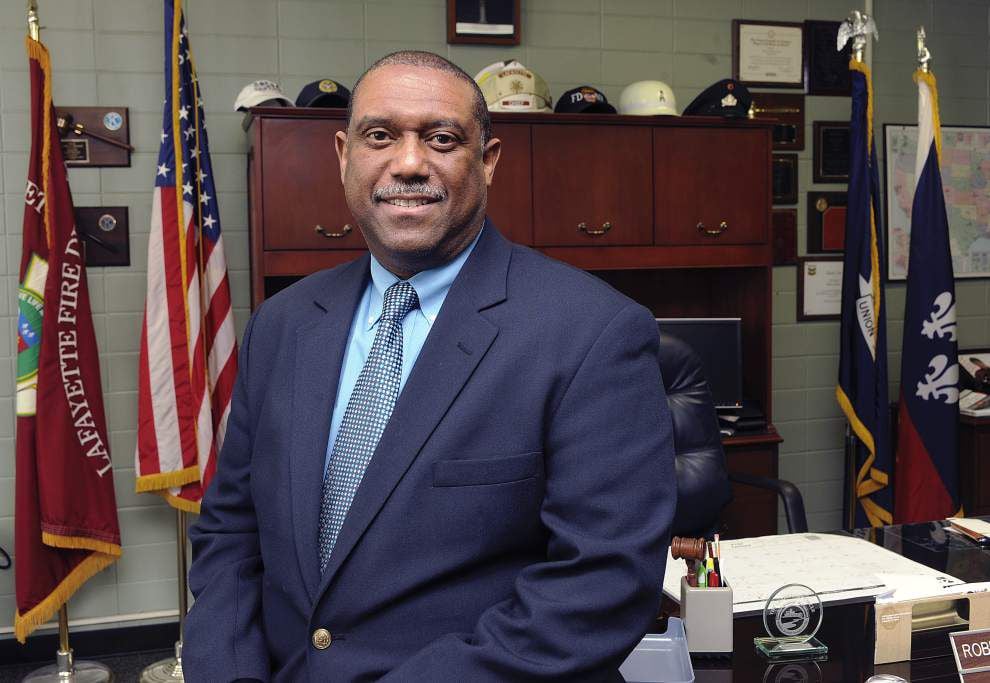Podcast: Play in new window | Download (Duration: 57:59 — 79.6MB)
Lafayette Fire Chief Robert Benoit, a man who has devoted 46 years to protecting our community, recently announced his retirement. A Lafayette native, Chief Benoit joined the department in May 1979 and made history in August 1993 when he became the first Black fire chief in Lafayette’s history. Under his leadership, the department expanded from seven to fourteen fire stations, modernized equipment and training, and earned improved fire ratings, saving money and lives.
Chief Benoit has been inducted into the Louisiana Fire Chiefs Hall of Fame and served as President of the Southwestern Division of the International Association of Fire Chiefs.
As he prepares to retire on August 15, 2025, Chief Benoit reflected on the calling he discovered as a child, the trials and triumphs of leading during economic downturns and political shifts, and the deeper sense of purpose that led him to seminary and prison ministry.
“I think it was a gift that God placed in me, probably from birth… getting to how I got there was looking at a firefighter in a book at school at seven years old… and I said, ‘I want to be a firefighter.’”
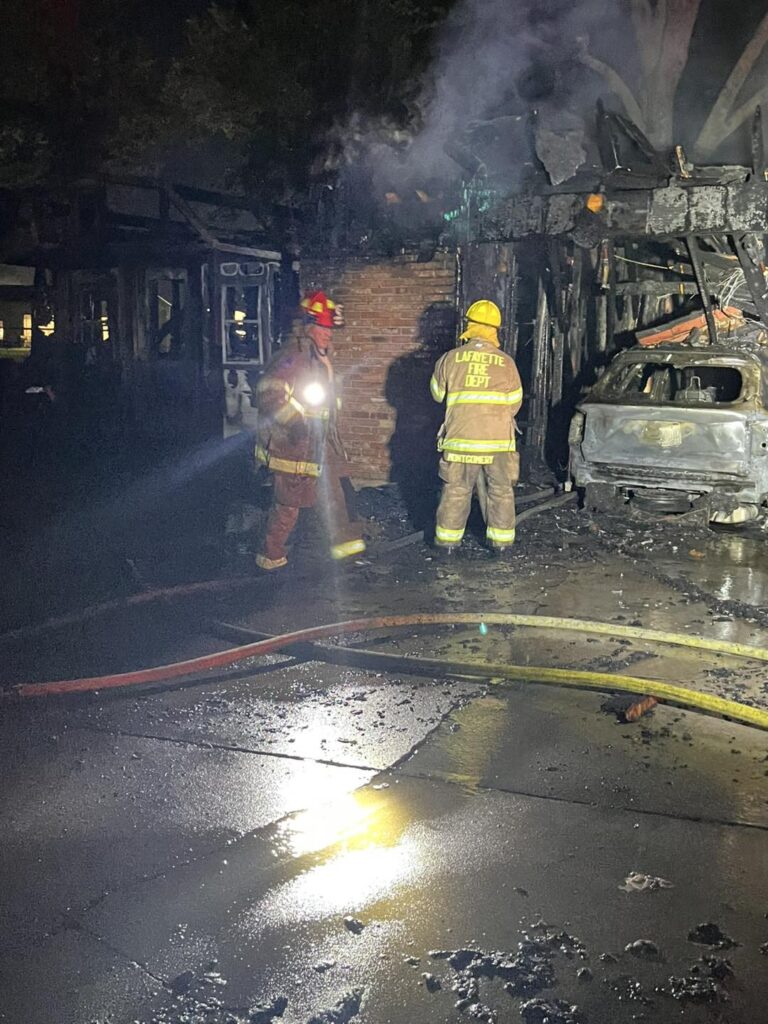
From Stockboy to Chief
Chief Benoit’s journey began with humble jobs—first at Lafayette Drug Company, then Martin Mills in St. Martinville—while waiting to meet the age requirement to become a firefighter. When the age was lowered to 18, he took the civil service exam, passed, and began training at the fire academy. His first assignment was the Central Fire Station, where he spent 99% of his career.
“The first thing you get is an interview with the fire chief. The fire chief at that time was Wayne Prejean. He told me he was going to give me a shot. I remember walking out the fire station realizing that I was going to get a job. Even though I had to go through the physical process. And then from there, once I cleared the physical, I went to the academy which lasted three months. It was exciting. I did everything I needed to do.”
My first station was at Central Downtown, which is where I work today. At that time, we had a pumper truck and a ladder truck and a rescue truck in the station. That’s where I started to learn the business of firefighting. Learning that business, reading on my own time, a lot of time in the fire station. We were very short on firefighters.”
“They called it ‘The Rock’… because everything comes through the Central Fire Station. That was administration, firefighters, and the communications center.”
A Rapid Rise Through the Ranks
Benoit was known for his drive and initiative. He became a truck driver within three years (something that on average takes about eight years), communications officer, arson investigator, and captain—a rank he reached in just six years.
“I wanted to learn every section of the fire department… Didn’t realize I was going to be chief. I just wanted to understand how this organization worked.”
In the 1980, the local economy tanked. “I used to hear people make the comment. Last one out. Turn the lights out. They had a lot of vacant buildings and having a lot of fires that was arson.
Kids were setting buildings on fire. And of course, unfortunately, some businesses were setting their businesses on fire. The fire chief at that time was Jack Massey who needed some help in the fire prevention bureau in the arson section. He asked me to go work in there just for a couple of months, just to help him out. I wound up going in there and found a home in fire prevention. So this is seven years later. I’m in fire prevention. I started learning the business of investigations. I started getting trained by ATF agents, FBI agents, insurance agents and going to school. That’s where my educational level really skyrocketed. I started getting degrees and learning this business of investigating fires. The fire chief put me in charge of internal affairs for the fire department. So I pretty much did everything, became the go to person behind the scenes. If anything was going on in the city within the fire department, I would get the call to go see what’s going on and figure out how to resolve it.”
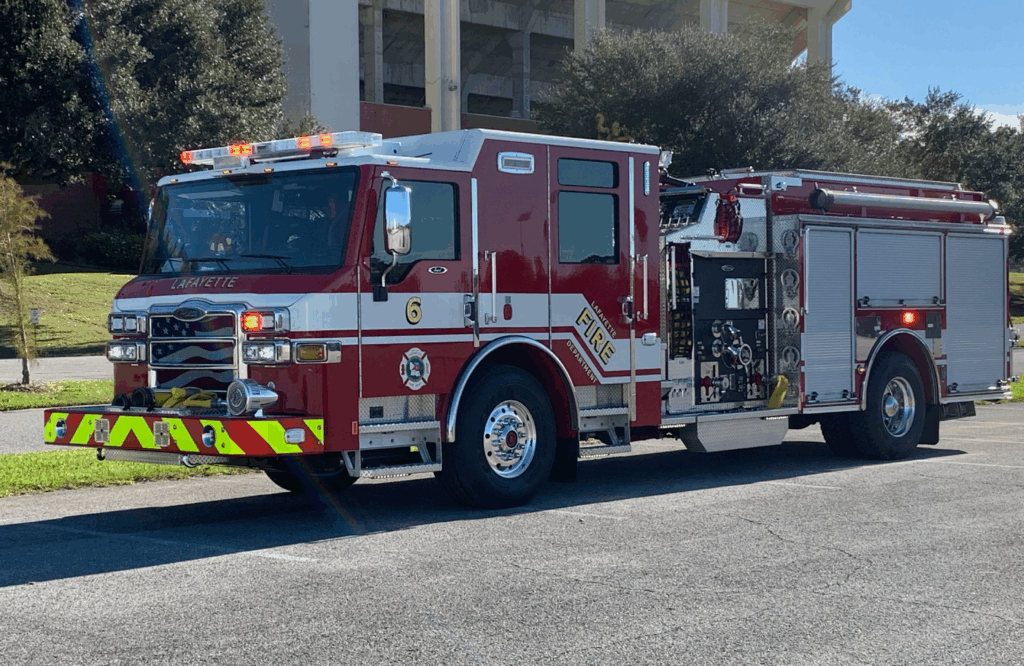
Becoming Fire Chief
In 1993, Benoit competed for the chief’s position under Mayor Kenny Bowen, whom he had known since being hired.
“We went round and round and round… He was testing me… He said, ‘Relax. I’m sending your name to the media right now.’”
Benoit emphasized transparency, professionalism, and integrity:
“I wasn’t going to be a yes person… but I’m going to do the business of trying to do the right thing and bring this fire department to another level.”
“Everything that went on in the fire department, [the mayors] knew about it… Good, bad, and indifferent.”
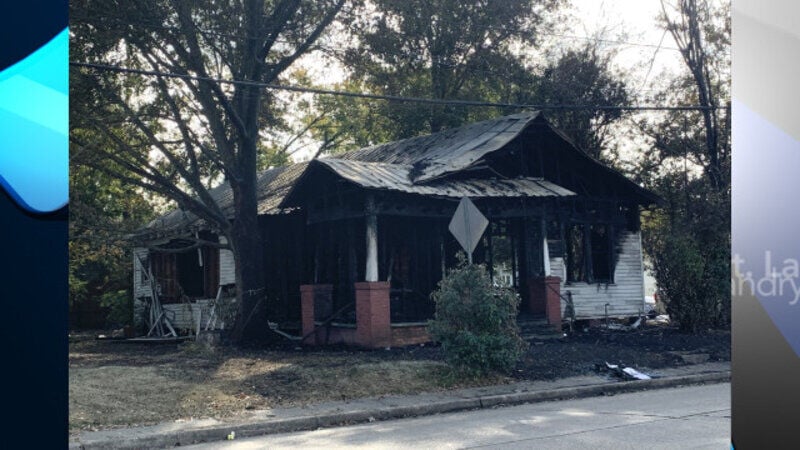
Creating a Culture of Service and Safety
Chief Benoit led with discipline and grace. He instituted educational reforms, boosted morale, and changed the perception of firefighters in the community.
“We became a public relations type organization…to help people, to get involved in nonprofit organizations.”
His department offered community fire prevention programs, smoke alarm installations, fire safety education, and support for victims after fires.
“Nobody stays in the street after a fire… We partnered with hotels. We even refurbished homes—what I called the ‘burn houses.’”
“One of the things I share with people is that we have a tendency to leave our appliances running when we leave. Washer and dryer. Turn those things off. You know, if you’re going to wash your clothes, then wait for to finish washing. If you’re going to dry, stay there until the dryer goes off because something could happen. Any mechanical part that’s moving like that, it’s producing heat. If you have a situation, then nobody’s there to put the fire out. If there is a fire, close your doors, let it be contained in that one room instead of spreading throughout the whole house.”
“We always tell people, just get out. Get out and stay out. Don’t go back in. 99% of the time, if you go back in, you’re not going to get back out.”
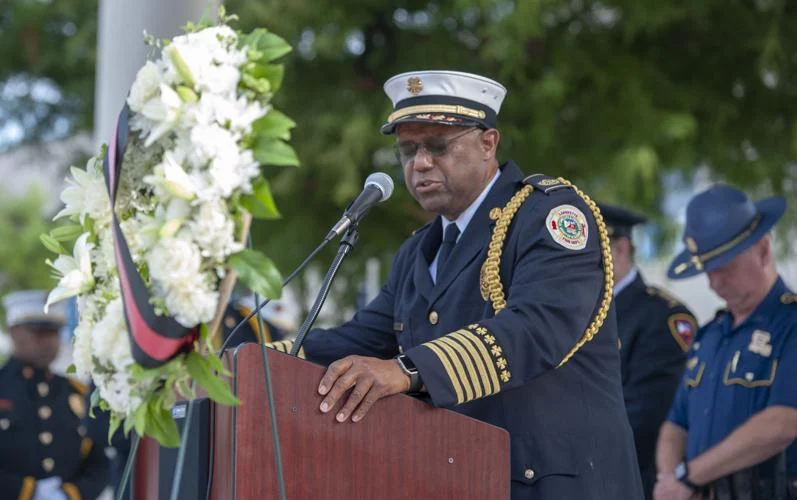
Parish Partnerships and Public Safety
Benoit was instrumental in creating strategic partnerships between Lafayette City and Parish fire departments, ensuring fast, seamless service across the region.
“All you know is that somebody is going to show up… If it’s in the city, within 3 to 5 minutes. If it’s in the parish, between 5 and 10 minutes.”
He also explained the complex elements of Lafayette’s fire insurance rating system, involving fire, water, and communications.
“It’s a three-part process… 50% is fire, 40% is the water department, 10% is communications.”
“Every station is located within a mile and a half… That goes back to the horse and buggy days.”
On Leadership, Grace, and Legacy
Chief Benoit has brought a pastoral approach to leadership. He graduated from the Ever Increasing Word Training Center in Barrow LA where he received a diploma of Ministerial Training. In May 2020, he earned a Graduate Certificate in Theology with honors from Grand Canyon University in Phoenix Arizona, and graduated with a masters in Divinity in April of this year. He is also active in the ministry providing bible studies at Lafayette Parish Correctional Center.
“God has blessed me with that. He showed me how to give grace… when you’ve got things going on in your world and you don’t know how to fix it.”
“By the time you get to me, you’re about to lose your job… Give me an opportunity to help you fix that. If we can fix those things, that fire department problem is going to go away.”
His ability to balance discipline with empathy changed lives and careers:“There were some mayors who would tell me, ‘I’d fire him.’ And I’d look at them and say, ‘Well, you can’t fire everybody.’”
What’s Next?
After retiring, Chief Benoit will serve as Fire Liaison Supervisor for Acadian Ambulance, continuing to lead and connect communities. “One of the things with this job of Acadian, it will have me traveling across the state. Not a problem for me. I’ll be able to network with other people and just enjoy God’s green earth.”
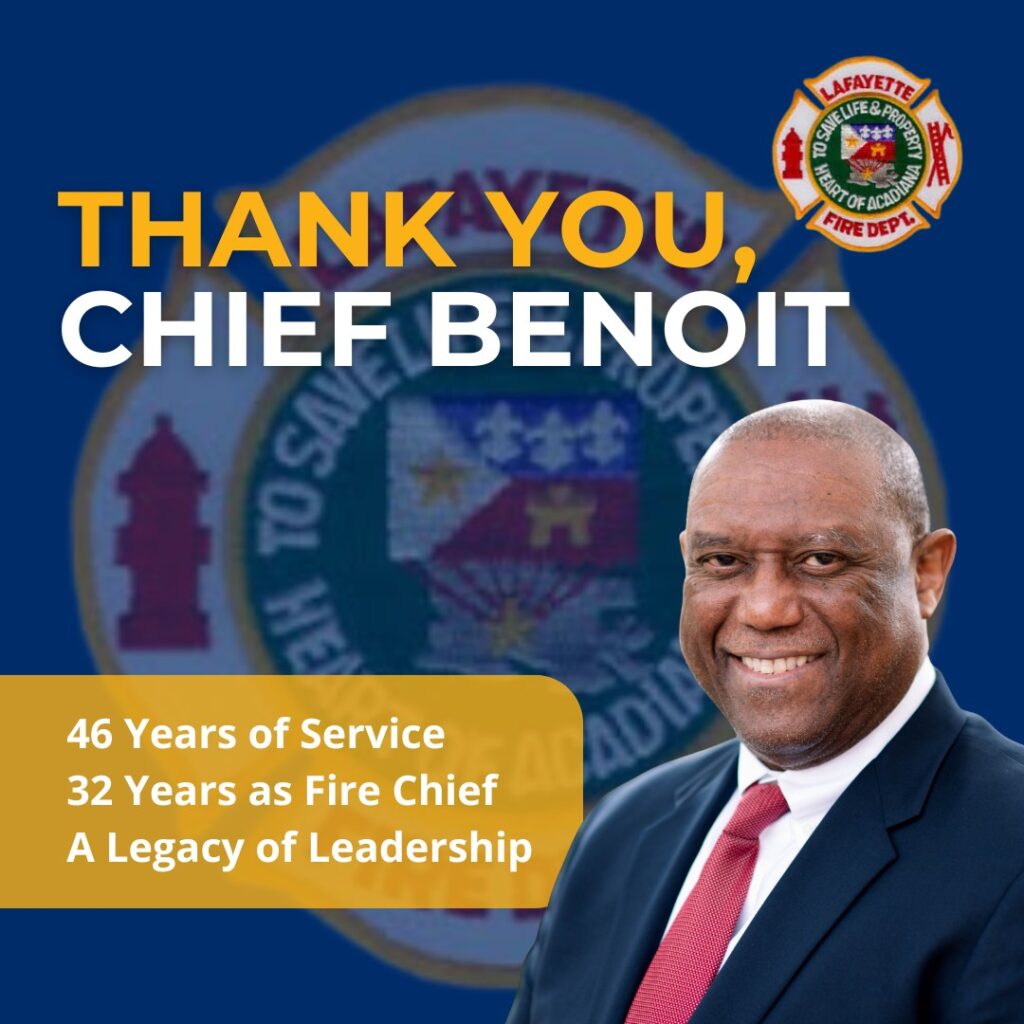
“The transition still keeps me connected to government… but it shows me that I’ve done my time here. It’s time to give this leadership over to a younger person.”
In his free time, Benoit enjoys walking, traveling, and time with his grandchildren.
“I’m a walker. I love to walk. I try to do that at least four days a week. At least three three miles a day minimum.“I walk throughout the city… at least three miles a day… and I love my Netflix.”
“I’ve got eight grandkids… a set of twins. I still can’t tell the twins apart.”
Final Reflections
“Here I am, 67, and I still feel like that little kid… that was excited at 20 years old to walk into that fire station and hear, ‘You’re getting a job.’ Today I can tell you, that little kid is excited to be leaving at 67 years old on August the 15th.”

